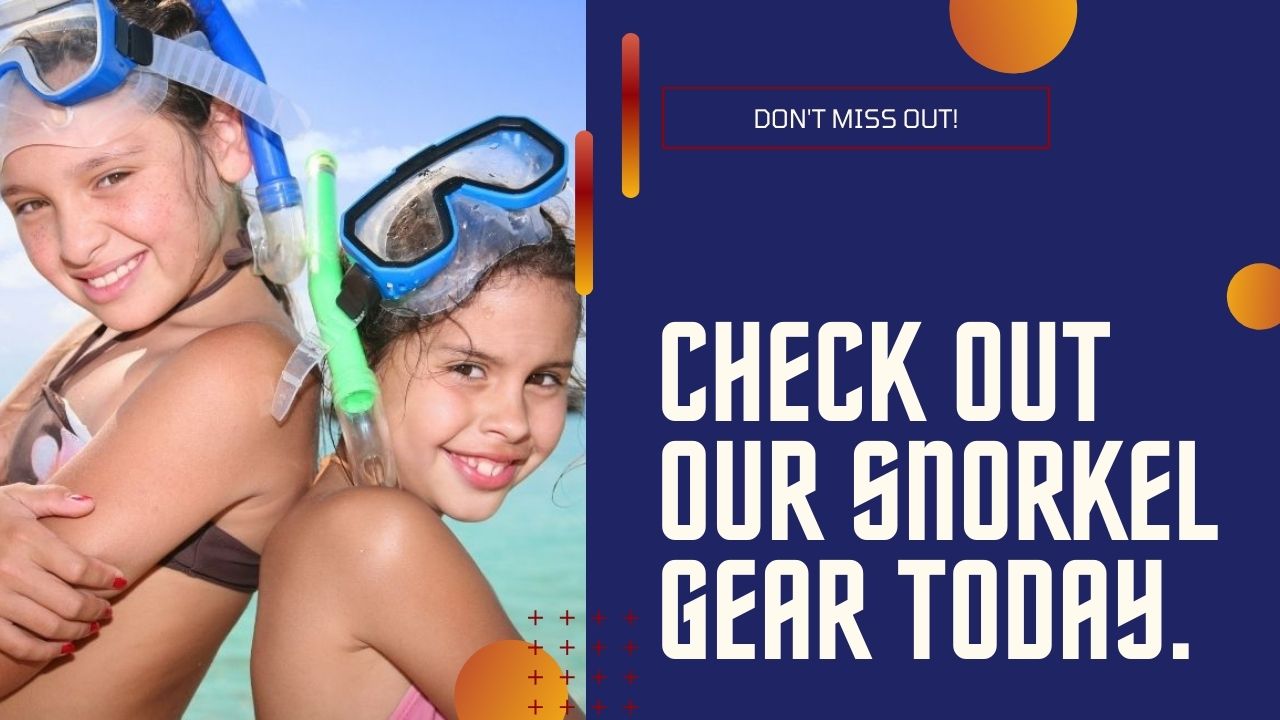You have 0 product(s) in your cart.
Abyss Scuba Diving
Dive Into Adventure: The Ultimate Guide To Perfect Snorkelling Trips
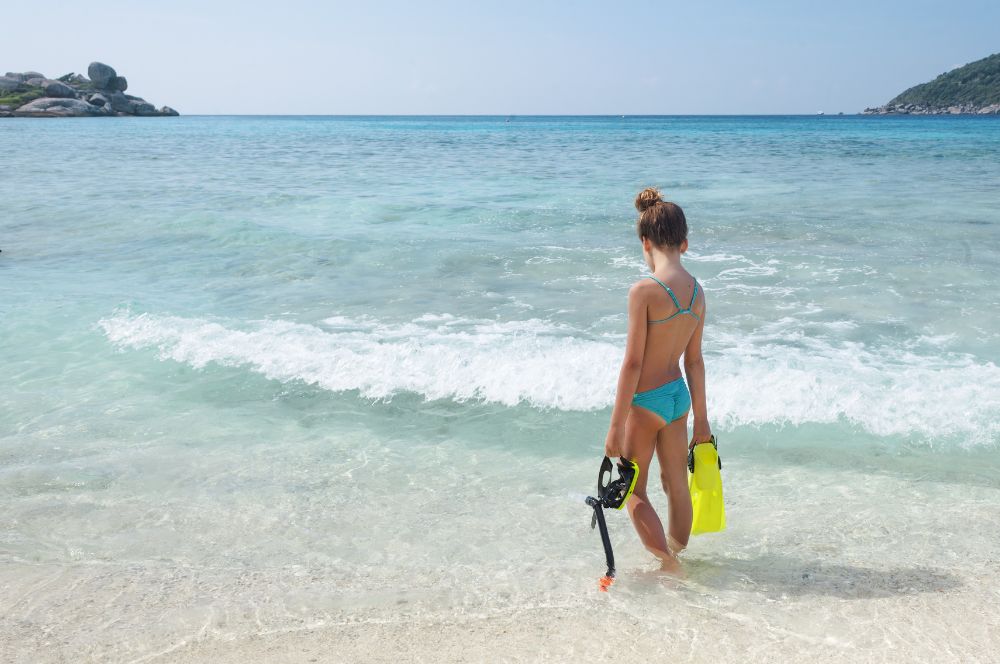
Snorkel More, Stress Less: The Key Ingredients for a Perfect Snorkelling Trip
Are you ready to explore the underwater world through snorkelling? This guide provides everything you need to know to prepare for a snorkelling adventure: choosing the right gear, safety tips, and the best spots to visit. Dive into the essentials of snorkelling, and prepare for an aquatic journey that’s as educational as it is exhilarating.
Key Takeaways
-
Snorkelling offers transformative experiences that can increase one’s appreciation for marine life and inspire actions in marine conservation.
-
Choosing the correct snorkelling equipment is critical for safety and enjoyment, including a well-fitting mask, an appropriate snorkel, and comfortable fins.
-
Planning for safety is essential, which involves practicing with equipment, assessing weather conditions, snorkelling within capabilities, and preserving the underwater ecosystem.
The Magic of Snorkelling
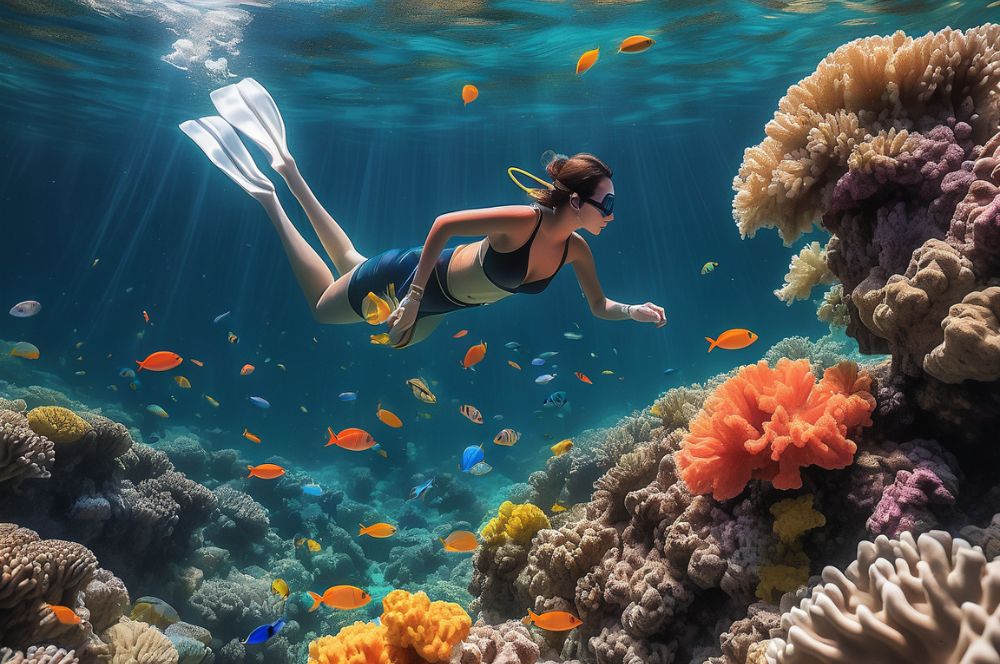
Every snorkelling adventure begins with a mix of excitement and fear. As you plunge into the ocean, you’re stepping into an alien world, teeming with a kaleidoscope of colors and a myriad of marine life. But as you immerse yourself deeper, fear gives way to fascination. The mesmerizing beauty of the underwater world starts to unfold before your eyes, transforming your initial apprehension into pure awe.
Snorkelling is more than just a thrilling adventure. It’s a doorway to personal growth and a newfound respect for the ocean. As you glide alongside sea turtles, marvel at the vibrant coral formations, and swim among schools of tropical fish, you build a deep-seated connection with marine life. This connection often serves as a catalyst for further exploration and can even inspire you to:
-
Become an advocate for marine conservation
-
Volunteer for beach cleanups
-
Support organizations that protect marine habitats
-
Educate others about the importance of ocean conservation
Snorkelling truly has the power to transform your perspective and make a positive impact on the world, especially when embarking on a snorkelling adventure that offers an unforgettable snorkelling experience, filled with unforgettable memories.
Choosing the Right Snorkelling Equipment
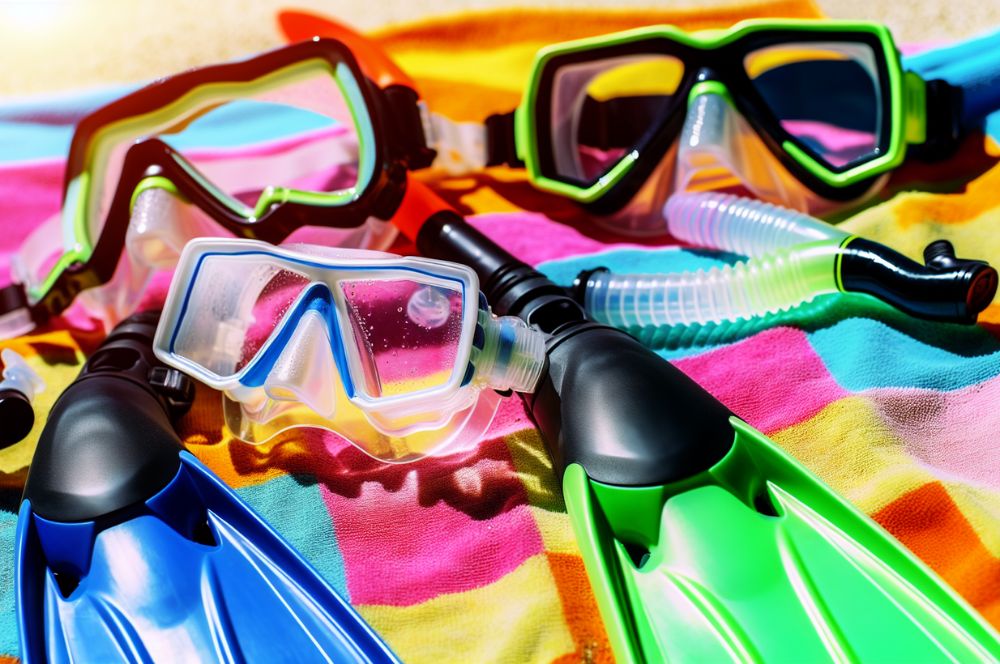
Just as a painter needs the right brushes, a snorkeler needs the right gear. The quality of your snorkelling equipment can make a world of difference in your underwater experience. High-quality gear enhances your comfort, safety, and overall enjoyment. It’s not just about the snorkel masks and fins; every piece of equipment plays a crucial role in your snorkelling adventure.
A comprehensive understanding of how to select the right snorkelling gear is crucial.
Mask Selection & Proper Fit
Consider your snorkel mask as a gateway to the underwater world. A well-fitting mask is paramount for underwater comfort and functionality. It should fit snugly on your face, creating a gentle suction without being uncomfortably tight. A quick test without the strap over your head can give you a good idea of the fit.
Don’t let aesthetics or price sway your decision. Your snorkel mask should be chosen based on its fit and comfort. High-quality silicone masks are recommended as they provide a better fit and last longer. They are more flexible and degrade slower compared to inferior materials, ensuring you get the most out of your investment.
Snorkels Types & Tips
Think of your snorkel as a vital link to the world above water. It allows you to breathe without lifting your head from the water, providing you with an uninterrupted view of the marine life below. There are different types of snorkels, each designed to meet specific needs. Dry top snorkels, for instance, are ideal for beginners as they prevent water from entering when submerged. On the other hand, semi-dry snorkels are great for those who may encounter splashes or waves on the surface.
When choosing a snorkel, remember to consider your lung capacity. The snorkel tube diameter should be large enough for easy breathing but not too wide to cause fatigue from moving unnecessary amounts of air. Having the right snorkel enhances your snorkelling experience, making it more enjoyable and less strenuous.
Fins: Finding the Perfect Fit
Think of fins as extensions of your feet, propelling you through the water. They give you the power to glide through the water with ease and speed. A well-fitted pair of fins is essential for a comfortable and safe snorkelling experience. Fins should fit snugly without being too tight or loose. Ill-fitting fins can lead to sores or even fall off during snorkelling, affecting your safety and your ability to swim effectively.
There are various types of fins available, including:
-
Open heel fins: adjustable for different foot sizes and suitable for cold water
-
Full foot fins: best for barefoot use in warm water
-
Paddle fins: require more energy but provide more thrust
-
Split fins: offer ease of kicking with less effort
Your choice depends on your personal preference and the snorkelling conditions. It’s recommended to try different styles to find the most comfortable and suitable fin style for you.
Safety First: Preparing for Your Snorkelling Adventure
Prior to immersing yourself in the ocean, it’s highly recommended to:
-
Get acquainted with your equipment.
-
Practice breathing through the snorkel in shallow water.
-
Learn how to clear your mask without removing it.
-
Rent snorkelling gear ahead of time to adjust and get accustomed to it, ensuring a proper fit of the mask, snorkel, and fins.
Monitoring local weather conditions is a key step towards a safe snorkelling journey. Aim for calm seas with waves less than six inches for your first snorkel location. But remember, weather conditions can change unexpectedly. So, always verify the actual conditions against forecasts on the day of snorkelling. Rain can cause reduced visibility and make it harder for you to be seen by boats and jet skis. So, choose snorkelling sites with natural barriers like rock and island formations for safer conditions when wind and swell levels are higher.
Being proficient in swimming is indispensable for snorkelling. If you’re not a strong swimmer, consider using a flotation device for added comfort and safety in the water. Learn about how the ocean moves, including tidal patterns and currents, to stay safe and enjoy the snorkelling experience.
Snorkelling with a Buddy or Group
The benefits of snorkelling with a partner or in a group extend beyond just safety. It’s also about sharing the joy and excitement of discovering the underwater world. A buddy can:
-
Assist with gear management
-
Provide immediate help in case of muscle cramps or emergency situations
-
Improve orientation with navigational assistance
-
Amplify the pleasure of snorkelling through collective sightings of marine life and companionship during safety stops.
Buddies who are more experienced can provide on-the-spot guidance, augmenting your proficiency and safety understanding beyond formal training. Whether you’re snorkelling with a known companion or in a group during snorkelling tours, the shared experiences enhance enjoyment and provide opportunities for learning.
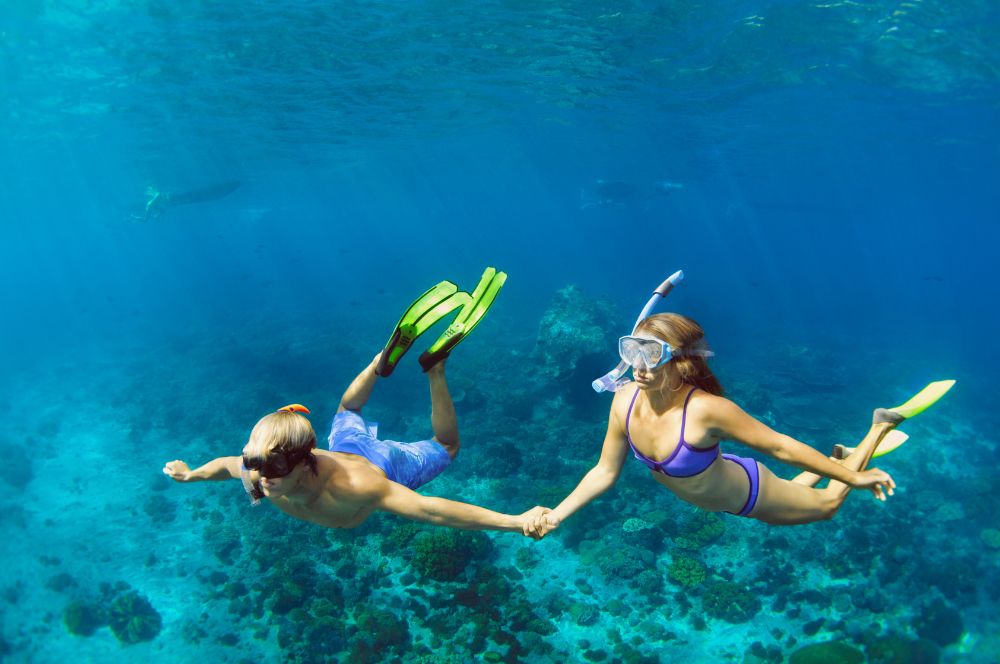
Responsible Snorkelling: Protecting the Underwater Ecosystem
Much like how we accord respect to the land we tread on, the ocean we swim in deserves equal respect. As snorkelers, it’s our responsibility to protect the underwater ecosystem. Avoid disturbing the natural behaviors of marine life by not touching, standing on, or chasing them. Instead, observe them from a distance and soak in their natural beauty.
Adopting eco-friendly practices can help minimize your ecological footprint. Here are some ways to do so while snorkelling:
-
Use reef-safe sunscreen
-
Practice good buoyancy control
-
Support snorkelling operators that adhere to eco-friendly guidelines
-
Engage in reef monitoring activities
-
Understand local snorkelling laws to contribute to the conservation of marine habitats
Top Destinations for Snorkelling in 2024
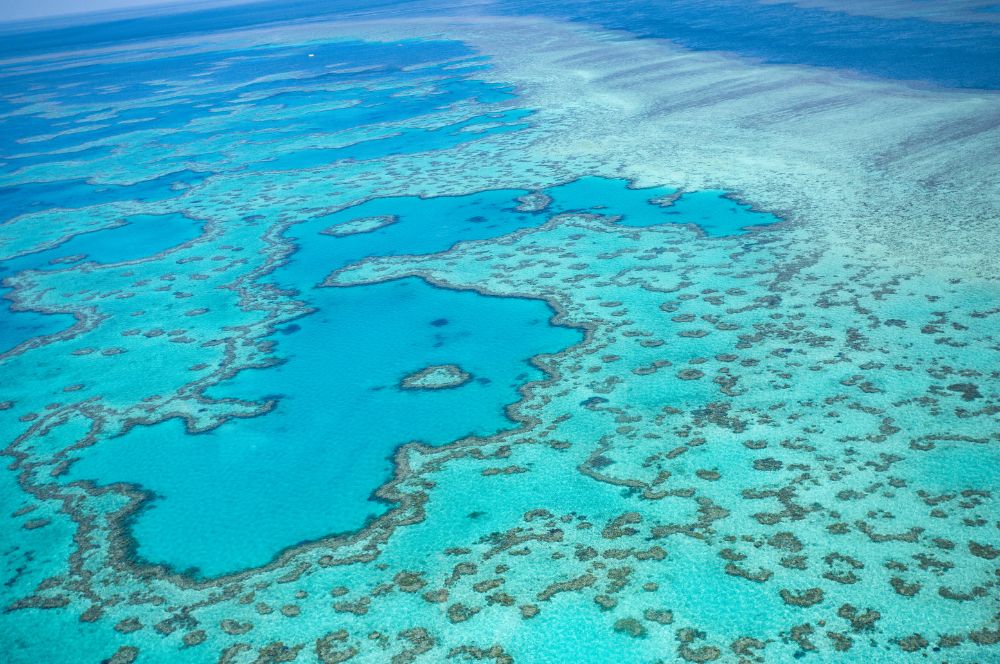
Armed with the appropriate knowledge and skills for snorkelling, you’re now ready to delve into the realm of top snorkelling destinations. From the iconic Great Barrier Reef in Australia to the hidden gem of Ningaloo Reef in Western Australia, let’s dive into the top spots for snorkelling in 2024.
Australia's Great Barrier Reef
The Great Barrier Reef in Australia needs no introduction. This iconic snorkelling destination is a treasure trove of stunning coral formations and diverse marine life. From sea turtles gliding through the water to tropical fish darting among the corals, the Great Barrier Reef offers a magical snorkelling experience.
The Whitsunday Islands, part of the Great Barrier Reef, are a must-visit for any snorkeler. Bait Reef, in particular, offers exceptional coral formations and marine life. Whether you’re a novice snorkeler or an underwater enthusiast, the Great Barrier Reef promises an unforgettable snorkelling adventure.
Ningaloo Reef: Western Australia's Hidden Gem
Ningaloo Reef, Western Australia’s hidden gem, is a paradise for snorkelers. Here’s what awaits you:
-
Clear waters
-
Thriving marine biodiversity
-
Over 250 species of coral
-
Snorkelling with turtles, groupers, stingrays, and even grey reef sharks
-
Observing humpback whales during migration season
Ningaloo Reef offers a variety of tours, including:
-
Kayaking adventures around the Sandy Point and Pelican Point Sanctuary
-
Snorkelling adventures around the reef lagoons
-
Tours to view the diverse creatures that inhabit the reef
-
Opportunities to contribute to the conservation of Ningaloo Reef by participating in photo identification of manta rays and assisting in ongoing research efforts.
Women's Wetsuits & Essential Gear
For female snorkelers, the comfort and warmth provided by a well-fitted wetsuit is of paramount importance. The preferred thickness varies by individual and the water temperature. Along with a wetsuit, a snorkel mask strap cover can prevent hair entanglement or discomfort for individuals with long hair when using snorkelling masks.
Another essential piece of snorkel gear is a snorkel vest. It plays a significant role in a snorkeler’s safety and comfort, especially for those new to the activity. It helps you stay afloat and reduces the effort required to swim, allowing you to focus more on the beautiful underwater world.
Planning Your Next Snorkelling Trip
Leveraging your recently acquired knowledge and skills, you can now embark on the planning process for your next trip, an upcoming snorkelling journey. Select destinations with clear waters, vibrant coral reefs, and diverse marine life. Consider the Great Barrier Reef, Hanauma Bay, or the Maldives. Prioritise early planning and booking to ensure availability, especially if you’re aiming for popular destinations or special tours.
Look for snorkelling tours that cater to different levels of experience, from novice snorkelers to those seeking advanced underwater adventures. Maximise your enjoyment and learning by engaging with marine guides and taking the time to absorb the extraordinary environment around you. Remember, snorkelling is not just about the sights you see, but also about the experiences you create and the memories you make.
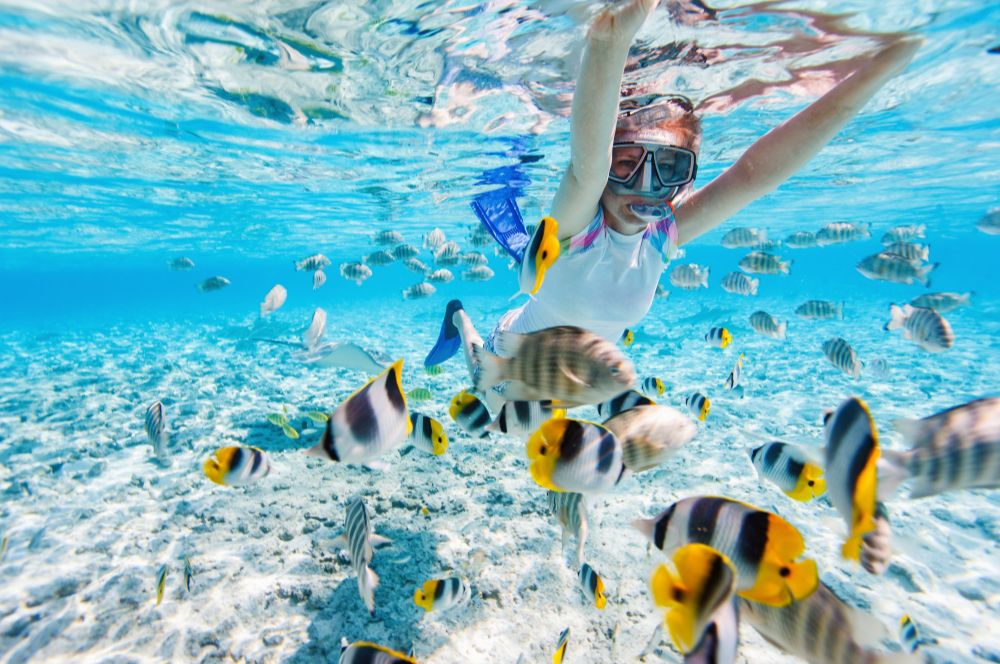
Summary
We’ve covered a lot of ground in this guide, from understanding the magic of snorkelling and choosing the right equipment to planning your next snorkelling trip. Snorkelling is a wonderful adventure that opens up a new world of experiences. It’s a journey of personal transformation, shared experiences, and unforgettable memories. So, gather your gear, find your buddy, and dive into the enchanting world beneath the ocean’s surface.
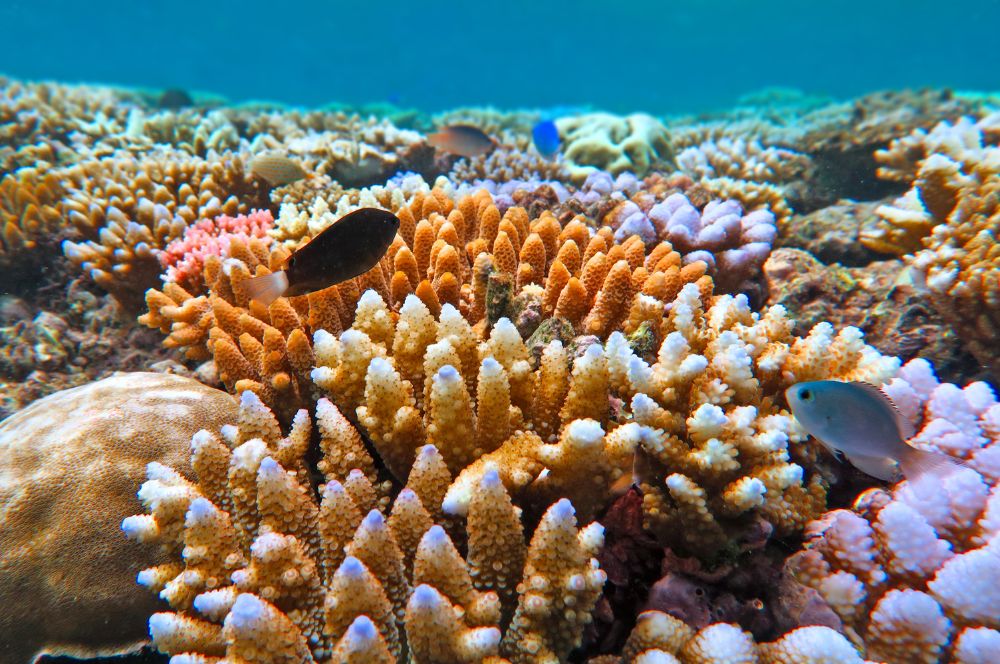
Frequently Asked Questions
Which is correct snorkelling or snorkelling?
Both "snorkelling" and "snorkeling" are correct spellings, so you can use either based on your preference. It depends on the region you are in.
Can a non swimmer do snorkelling?
Yes, a non-swimmer can do snorkelling. Snorkelling is a surface sport that mainly involves floating and requires very little actual swimming. Plenty of non-swimmers snorkel successfully.
What is the point of snorkelling?
The point of snorkelling is to enjoy swimming along the water's surface, observing the vibrant coral and marine life below, without the need for extensive gear and training required for scuba diving. It's a popular recreational activity, especially in tropical destinations.
How do you snorkel for beginners?
To snorkel for beginners, start by using a mask and snorkel that fits properly, seal the snorkel mouthpiece, and then relax and float while breathing in and out. Remember to check that the mask fits and the mouthpiece is sealed before getting in the water. Now, enjoy!
What equipment do you need to go snorkelling?
All you need for snorkelling are a snorkel mask, a dry snorkel, snorkelling fins, a life vest, and a wet suit or rash guard to protect yourself and capture the experience with a snorkel camera. Happy snorkelling!
Related Snorkelling Posts
-
Reef Shoes for Adventurous Water Sports…
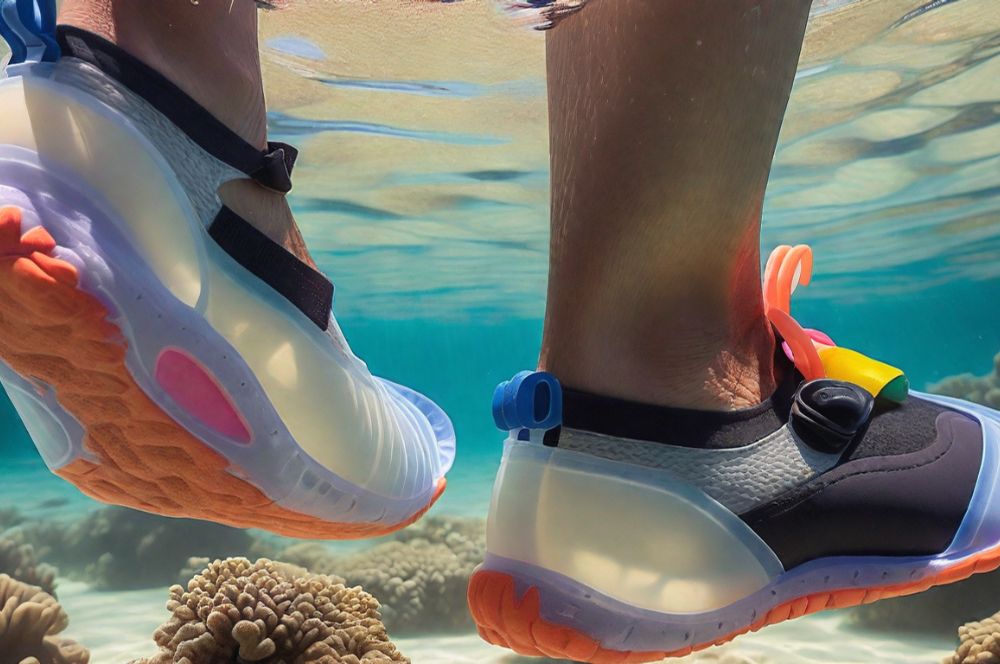
Reef Shoes for Adventurous…
Reef Shoes for Adventurous Water Sports Enthusiasts Seeking steadfast footwear for your next beach adventure […] -
Top Snorkelling Gear Picks of 2024:…
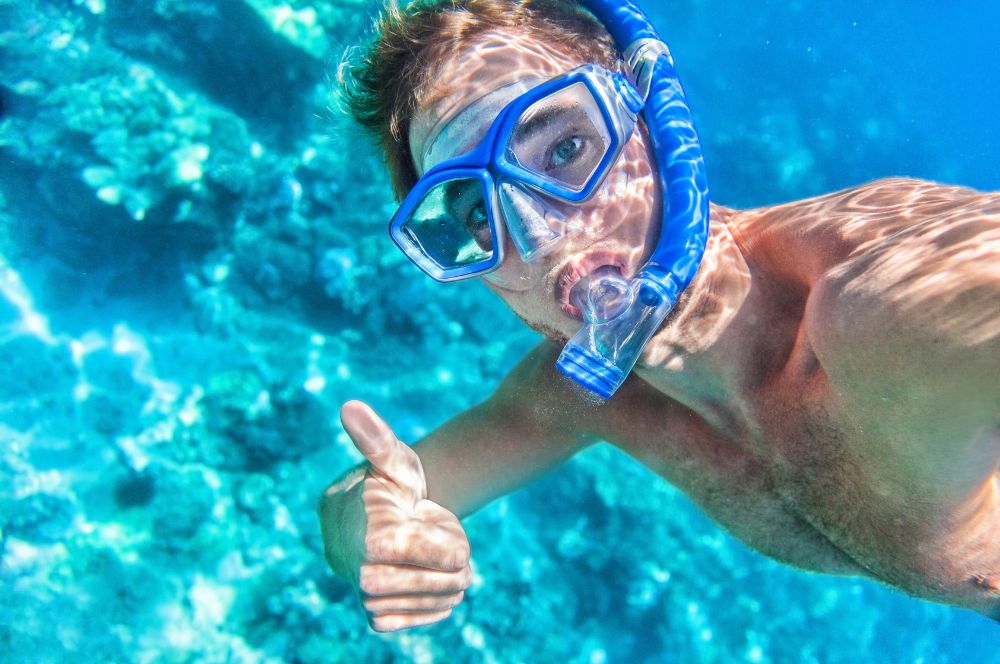
Top Snorkelling Gear…
Top Snorkelling Gear Picks of 2024: Dive into Quality & Comfort Ready to dive into your next snorkelling […] -
Explore Underwater Wonders: Top Snorkelling…
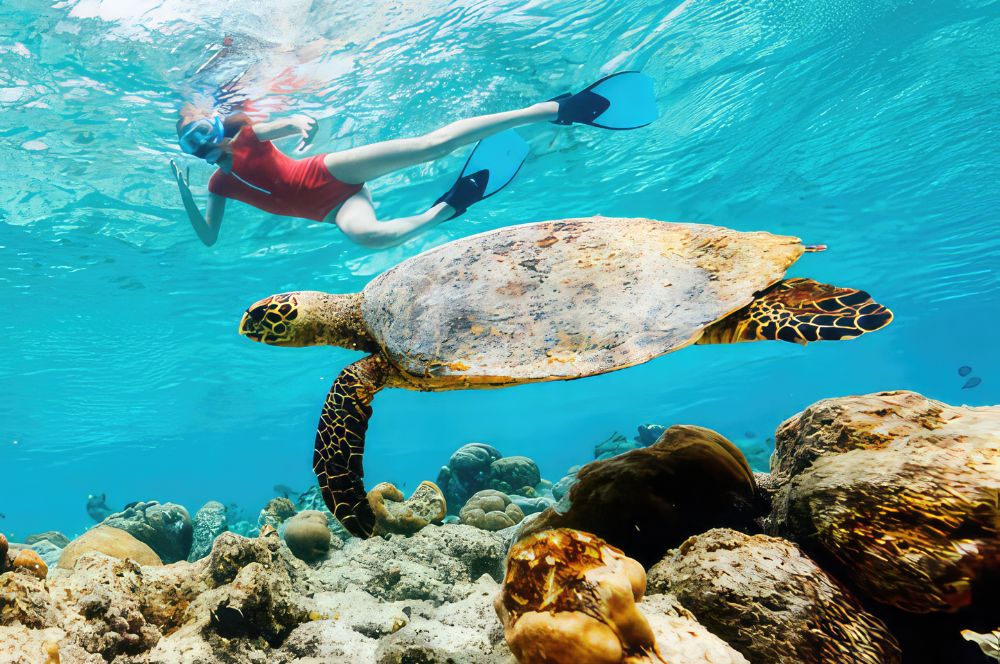
Explore Underwater…
Explore Underwater Wonders: Top Snorkelling Australia Destinations Unveiled Snorkelling Australia offers […] -
Explore Underwater Wonders: Top Snorkel…
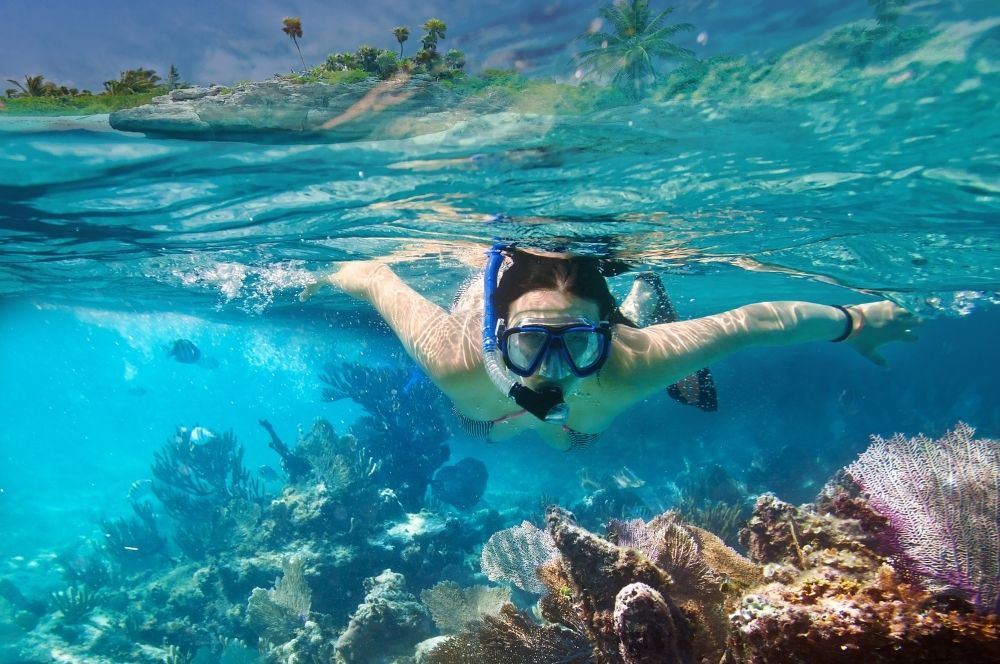
Explore Underwater…
Explore Underwater Wonders: Top Snorkel Sydney Spots for 2024 Ready to snorkel Sydney’s clear waters […]
Recent Posts
